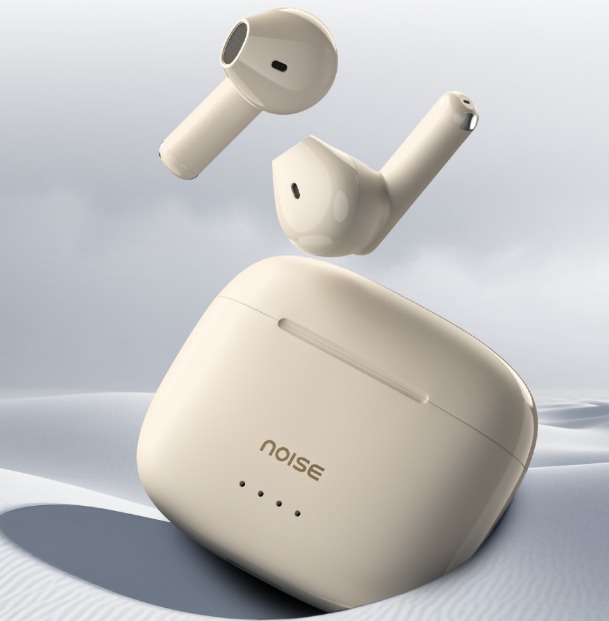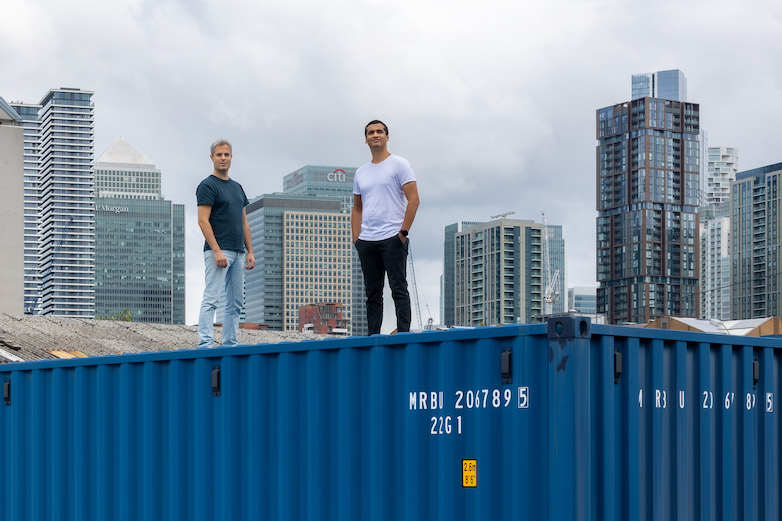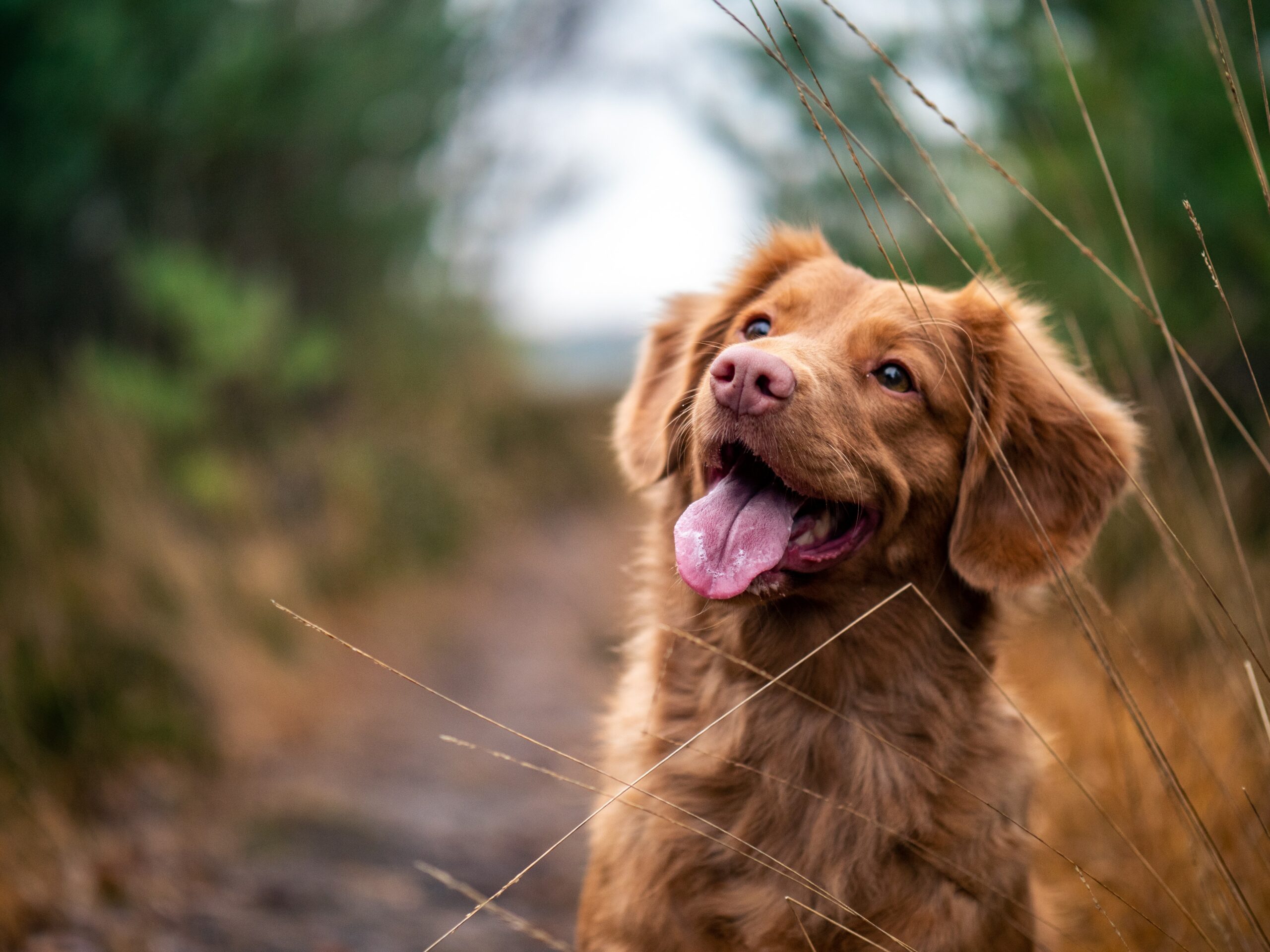
The Sensor & Image Quality
The Fuji GFX 50sii (and all other medium format cameras) has a wonderful sensor. The 44 x 33mm sensor captures more detail than almost all other full-frame cameras and is capable of rendering extremely clean tones. To elaborate, even compared to full-frame cameras with the same resolution, the megapixels within the 50sii are larger and allow for a smoother transition from color to color. This makes it so that regardless of if you’re shooting in JPEG or RAW you’re getting files that are great to work with right out of the camera. If you’re using Fuji’s film simulations, those ‘film’ JPEG files are beautiful and look scarily like film if utilized correctly.
The sensor here is going to be the biggest draw to saving up your change and getting the 50sii. The clean tones, film simulations, and resolution all packed into a body that barely weighs more than most other full-frame cameras makes it tough to pass up. Granted the price tag (which will be touched on soon) is large, but the camera is an imaging solution that would help any photographer create images that would stun people, licensing agencies, and brands alike. Or, if you’re only interested in using a camera to satisfy your creative fix as an enthusiast, you’d likely come away from every shooting situation happy with your results.
One more thing that’s worth mentioning is: it does give you the medium-format look. People often speak about a noticeable difference in ‘viewing experience’ when looking at images made with MF cameras and the 50sii does exactly that. Each image, with the assistance of the aforementioned clean tones and exceptional detail, looks 3D. This helps add depth and a look that helps each image look like a work of art. Which, for many, likely sounds exactly like what they’d like their camera setup to help them accomplish.
During my time utilizing this camera in the streets of San Francisco, I also felt like I could see that 3D look. Even with f-stops above F8, each of my images had a pleasing depth that helped me render my own style of shooting. Which mainly consists of finding layers filled with people and buildings within the city. My eye wandered through each image after I imported my first batch and I was at ease the next time I took the camera out knowing that the image quality would help me produce what I wanted.
The one thing about the image quality that I found to be negative in my experience was a lack of in-camera dynamic range. I don’t personally enjoy editing in a manner where I pull my highlights all the way down and bring my shadows all the way up, I prefer to stick with minor adjustments and let the highlights and shadows fall where they will, but some range is helpful. This could be due to most of my photography experience being with film and enjoying the latitude that it offers, but I felt like I’d have to compromise on both my highlights and shadows if I was exposing for one or the other. If I attempted to expose the shadows in the way I wanted, I often would find the highlights to be way overexposed and visa versa. While this didn’t happen every time, I’d be remiss if I didn’t mention this occasional frustration.







